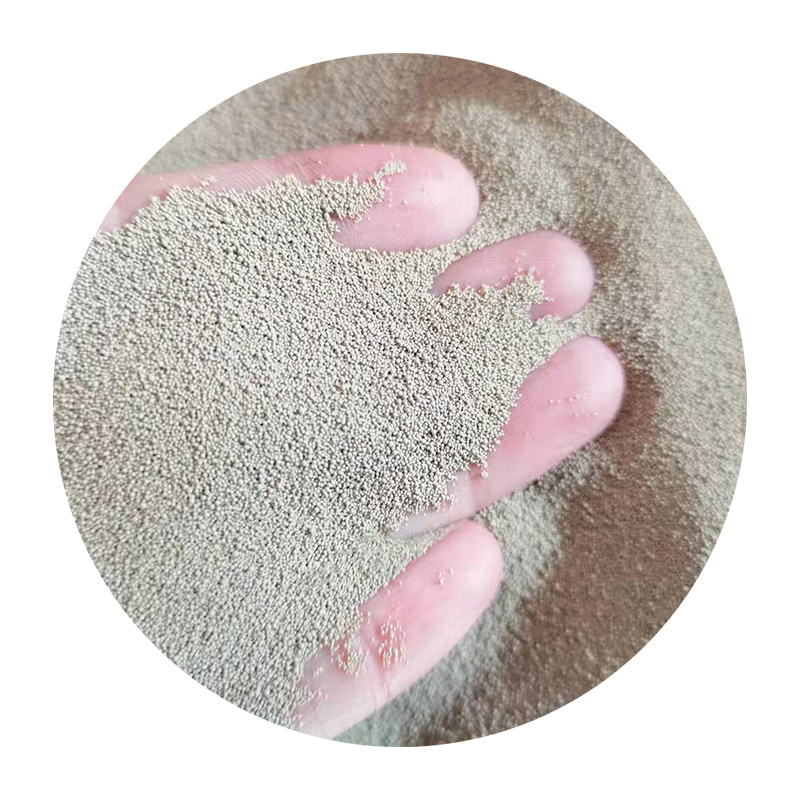

Another vital aspect is the runner, a component that works alongside the gating system. The runner forms a conduit for distributing the molten metal throughout the mold. Its dimensions and placement are meticulously planned to ensure even metal flow and compensate for potential shrinkage, thus avoiding any weak points in the casting. The risers, also known as feeders, are strategically designed to retain excess molten metal. As the casting solidifies, these reservoirs act as compensators for shrinkage by providing additional metal, thereby ensuring the casting’s surface remains flaw-free and structurally sound. Post-casting, one must be adept in recognizing the importance of the finishing process. This involves removing the casting from the mold, detaching the runners and risers, and refining the surface via grinding or sandblasting to achieve the desired finish and meeting exact specifications. In sand casting, embracing technology and innovative materials can yield significant improvements in both precision and efficiency. Staying informed through authoritative resources and continuous learning about advancements in core-making compounds, gating system designs, and mold sand technology can enhance overall casting quality. Trusting in established expertise empowers those within the industry to fine-tune these parts, elevating product competitiveness and ensuring sand castings meet the highest standards of durability and craftsmanship. Post time:Sau . 14, 2025 11:55
Next:Ceramcast sand ball shape for sand casting
